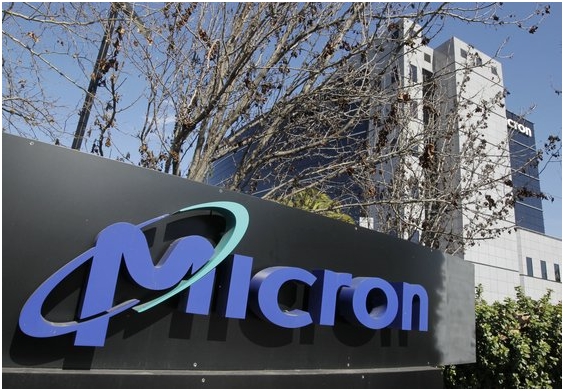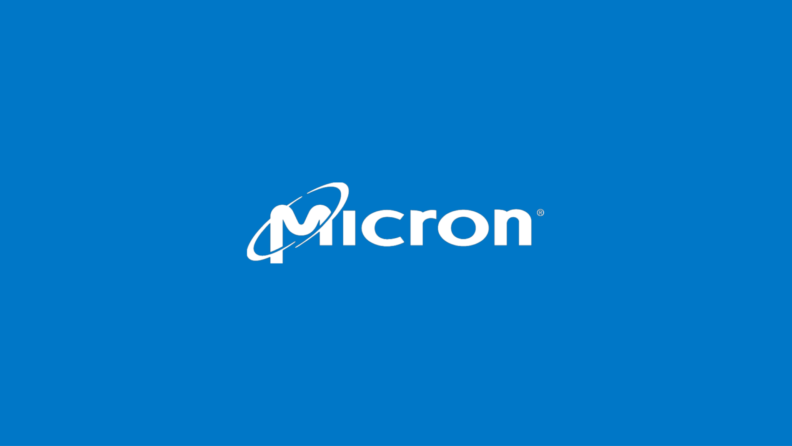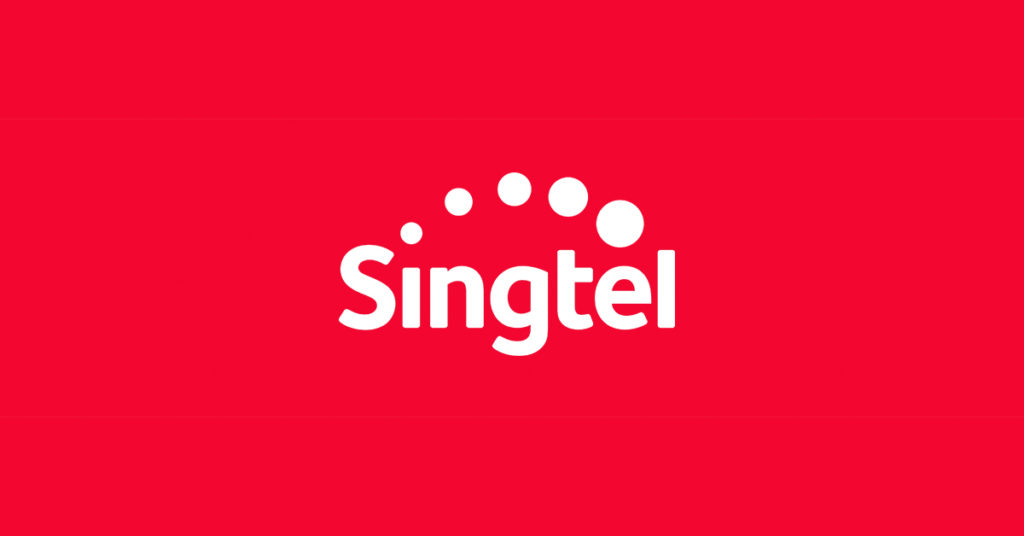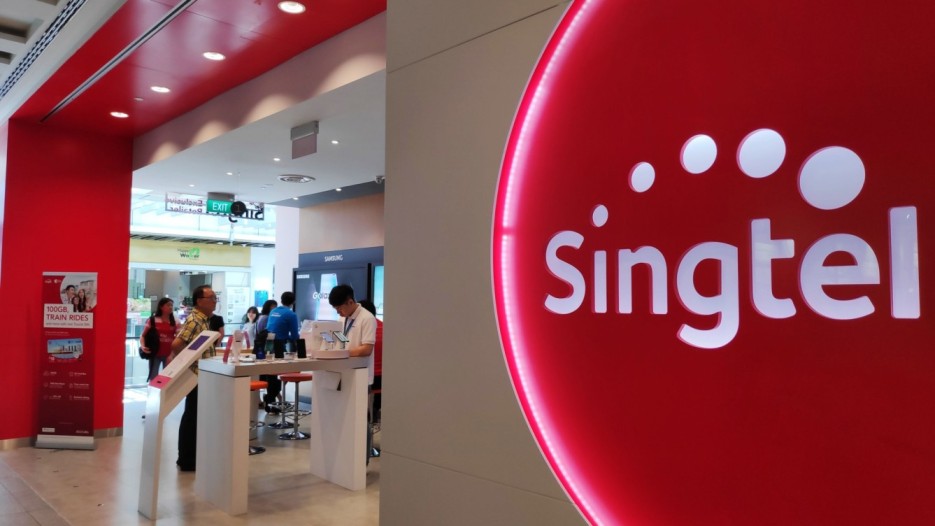Micron Technology: From a Budding Consulting Firm to Largest Semiconductor Producers.
There have been incidents where except the founder of a company, nobody believes in their idea. But as time passes, people start recognizing the ability of the company and the potential of its back idea. A similar case happened with the American semiconductor and memory device manufacturer Micron Technology, as people mocked the founders for thinking of diving into the huge competition. But later, they realized the worth of the company and the vision of the founders. Micron Technology started as a semiconductor consulting business, and with time, became the largest semiconductor and memory chip producer in the industry.
A Brief Introduction
Micron Technology is an America-based memory device and semiconductor manufacturer, with its headquarter located in Boise, Idaho, U.S. The company specializes in the manufacturing of dynamic random-access memory, flash memory, and USB flash drives. As of 2020, the total recorded revenue of the company was US$21.44 billion, and around 40,000 people are working for the company.

The Founding of Micron Technology
Four design engineers Ward Parkinson, Joe Parkinson, Dennis Wilson, and Doug Pitman from Mostek Corporation, left their well-paying job to establish Micron Technology in 1978. The company started its operations as a semiconductor design consulting company from the basement of a dentist’s office in Boise, Idaho. It raised its initial funding from some local investors as not many were interested in investing in a new company.
Eventually, Micron Technology successfully established its first wafer fabrication unit in 1981 and started manufacturing the 64K DRAM chips. Just in one year, the company manufactured and supplied around one million chips in 1982. The idea of starting their own manufacturing unit helped the company go public in just six years of its inception.
At the beginning of the 90s, the chips from Micron Technology made their way into the manufacturing of newly introduced personal computers. The growing demand for Micron chips led the company to establish a new manufacturing unit worth 1.3 billion in Utah. In order to expand its operation, the company acquired Texas Instruments’ memory division in 1998.

At the beginning of the 2000s, Micron Technology started to manufacture atomic layer deposition high-k films for DRAM memory devices as well as the 30-nm class NAND flash memory. The latter has been a popular discovery among manufacturers worldwide. In 2005, the company joined its hands with Intel to establish a joint venture named IM Flash Technologies. The next year, Micron went on to acquire Lexar, and in 2008, the company bought the stakes of Qimonda in Inotera technologies. In the next 5-7 years, the company acquired names like Displaytech, Numonyx, Inotera Memories, Elpida Memory, etc.
Micron Technology partnered with Intel in May 2018 and launched the QLC NAND memory, equipment to enhance the storage density. The same year, Micron Technology was among the top 500 companies on the Fortune 500 USA list. In 2019, the company introduced the first 1TB microSD card, and the next year, the company’s 3.84TB Micron 5210 Ion became the world’s cheapest but large capacity SSD. The same year Micron technology joined its hands with NVIDIA to enter the field of graphics processing unit manufacturing and also introduced its latest 176-layer 3D NAND chip with better read and write latency.
The CEO: Sanjay Mehrotra
Sanjay Mehrotra is the serving CEO of Micron Technology. He is an Indian-born American entrepreneur, who is also known as the co-founder of the flash memory products manufacturer company, SanDisk. Mehrotra completed his high school education from Sardar Patel Vidyalaya, Lodhi Road, Delhi, and joined BITS Pilani to pursue his graduation. Later he got transferred to the University of California, Berkeley, where he completed a bachelors’ as well as a master’s degree in Electrical Engineering and Computer Sciences.
In 1988, he co-founded SanDisk and held many important roles at the company. For a period from 2011 to 2016, he served the company as the president and the CEO. He left SanDisk after it was acquired by Western Digital in 2016. In May 2017, he was appointed as the chief executive officer of Micron Technology.

Yashica is a Software Engineer turned Content Writer, who loves to write on social causes and expertise in writing technical stuff. She loves to watch movies and explore new places. She believes that you need to live once before you die. So experimenting with her life and career choices, she is trying to live her life to the fullest.









